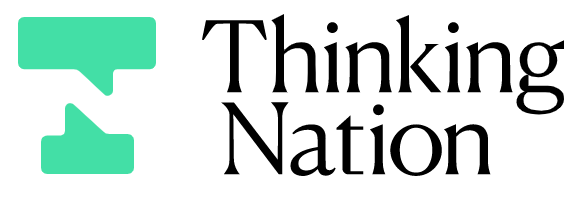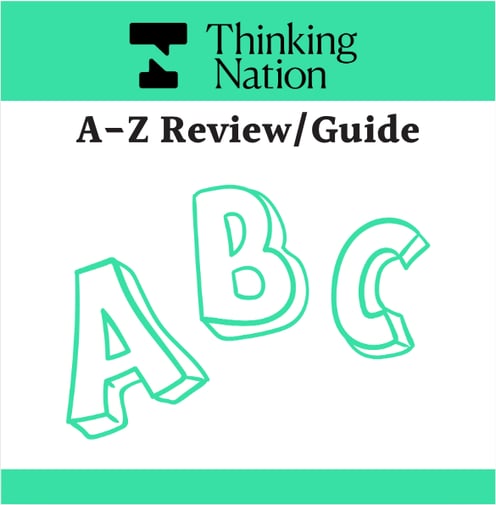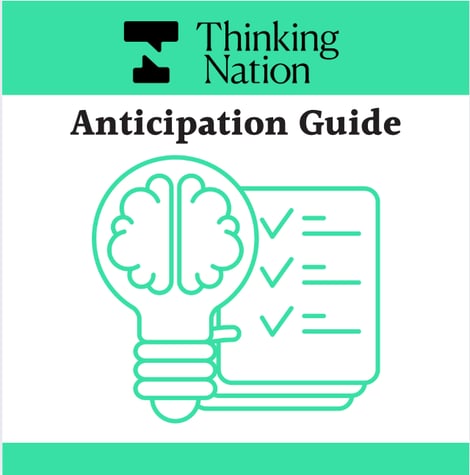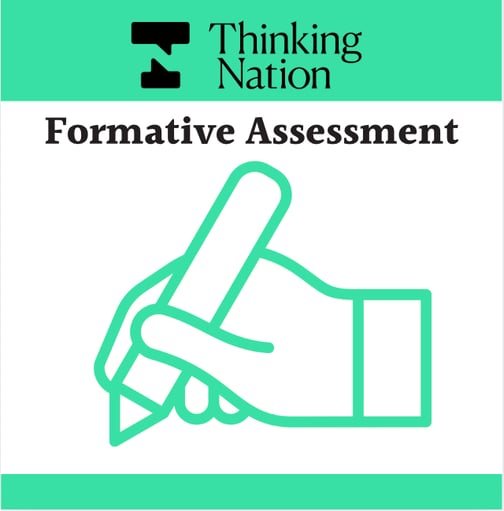
About Unit 9
💭 Essential Question: How did revolutionary and anti-colonial movements for sovereignty and justice intersect with Cold War political agendas and rivalries?
Unit 9: Cold War and Global Transformations examines how the global struggle between the United States and the Soviet Union shaped political, social, and revolutionary movements around the world from the late 1940s through the 1980s. The unit begins by exploring the onset of the Cold War, focusing on the competing ideologies of capitalism and communism, early tensions in Europe and Asia, and the emergence of U.S. containment policy. Students then examine how decolonization and nationalist movements in Africa and Asia intersected with Cold War rivalries, as new nations fought for sovereignty and faced pressure to align with one of the two superpowers. In the second half of the unit, students analyze revolutionary movements in countries, learning how internal resistance efforts became part of broader ideological battles. Finally, the unit focuses on Cold War confrontations and proxy wars, evaluating how global power struggles were experienced through civil wars, foreign interventions, and long-term conflict. Through the final assessment, a curated research paper, students will compare the strategies, motivations, and global impact of the U.S. and USSR during the Cold War, using primary and secondary sources to evaluate how each superpower shaped world affairs and influenced the pursuit of sovereignty and justice across different regions.
%20(800%20x%20200%20px)-Jun-16-2025-03-52-14-7219-PM.png)
Formatives assessments are a powerful way to measure how your students are progressing towards learning objectives (Additional Video).
▶️ Video






%20(800%20x%20200%20px)-Jul-25-2025-10-05-34-0370-PM.png)